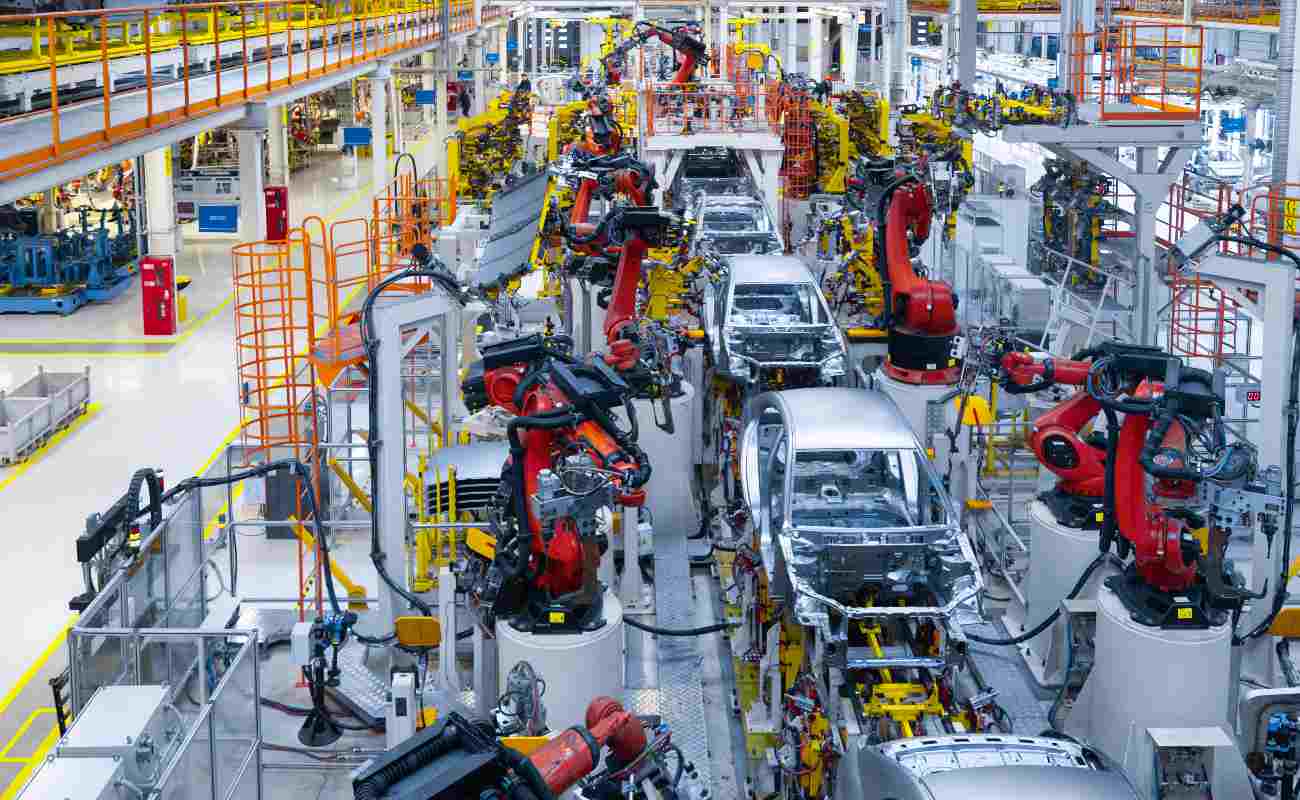Light weight solutions in the automotive industry; what's going on and what to do next?
Light weight solutions in the automotive industry are becoming increasingly important in the effort to reduce emissions, improve fuel efficiency, and increase safety standards. With consumers demanding environmentally conscious and fuel-efficient vehicles, car manufacturers are seeking new ways to reduce the weight of their vehicles, without compromising on performance, safety, and durability.
One of the most significant developments in the light-weighting of vehicles has been the use of lighter materials. This has been achieved through the use of high-strength steel, aluminum, composites, and plastic materials. Car manufacturers are exploring new ways to use these materials to improve the strength and durability of their vehicles, while reducing the overall weight. For example, the use of aluminum has become increasingly popular in recent years, and is now used in the body and frame of many vehicles, including the Ford F-150 pickup truck, the Audi A8, and the Jaguar XE. The use of aluminum has been shown to significantly reduce the weight of a vehicle, leading to improved fuel efficiency and reduced emissions.
Another important development in the automotive industry has been the use of lighter suspension components. This has been achieved through the use of lightweight materials such as carbon fiber and titanium, and the use of advanced manufacturing techniques such as 3D printing. This has allowed manufacturers to reduce the weight of suspension components while improving their strength and durability. The use of lightweight suspension components has been shown to reduce the weight of a vehicle, leading to improved handling and improved fuel efficiency.
The use of lighter batteries has also become an important aspect of the light-weighting of vehicles. This has been achieved through the use of new technologies such as solid-state batteries, which are significantly lighter than traditional lithium-ion batteries. The use of lighter batteries has been shown to reduce the weight of a vehicle, leading to improved fuel efficiency and reduced emissions.
Another recent development in the light-weighting of vehicles has been the use of lighter motors and transmissions. This has been achieved through the use of new technologies such as electric and hybrid powertrains. These powertrains are significantly lighter than traditional gasoline and diesel engines, and can provide improved fuel efficiency and reduced emissions.
In conclusion, the use of lighter materials, suspension components, batteries, motors, and transmissions are some of the recent developments in the light-weighting of vehicles. These developments have been crucial in the effort to reduce emissions, improve fuel efficiency, and increase safety standards. As consumers continue to demand environmentally conscious and fuel-efficient vehicles, the trend towards light weight solutions in the automotive industry is likely to continue, and will continue to play a key role in shaping the future of the industry.

